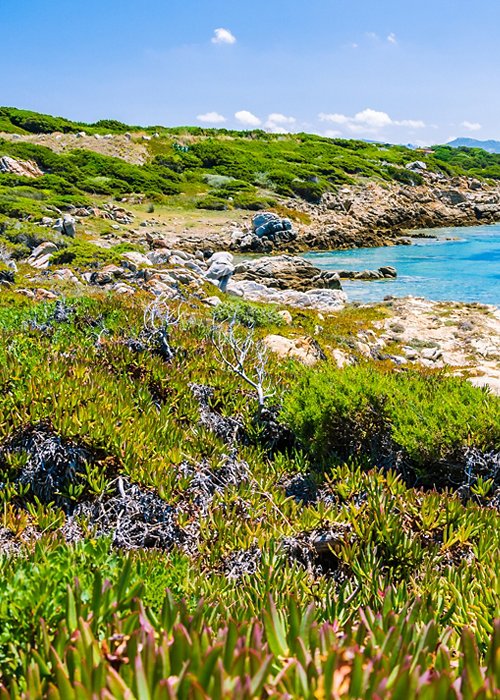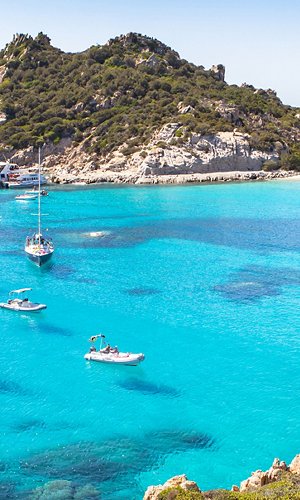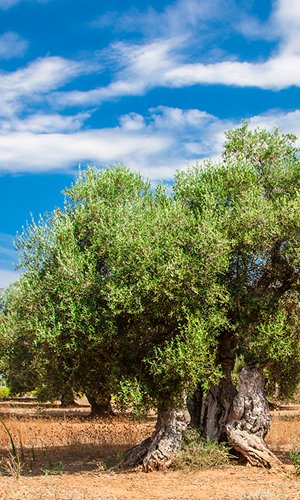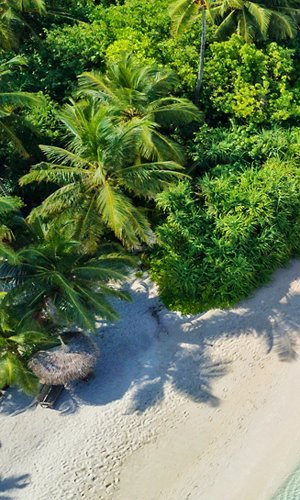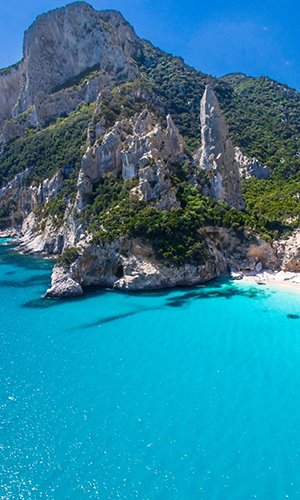This type of environment is characterized by warm dry summers and mild rainy winters. This remarkably influences the vegetation, which is therefore characterized by low, woody, evergreen plants with a sclerophytic type of structure, that is, with small and hard leaves that are suited to resist the summer draught. For this reason the Mediterranean scrub is also called “sclerophyl forest” (skleros = hard, phyllon = leaf). Total annual rainfall is approximately 250-500 millimetres and occurs mainly in the winter months. In summer the mean monthly temperature is often higher than 20°C and in this biome, in winter it very rarely freezes.

